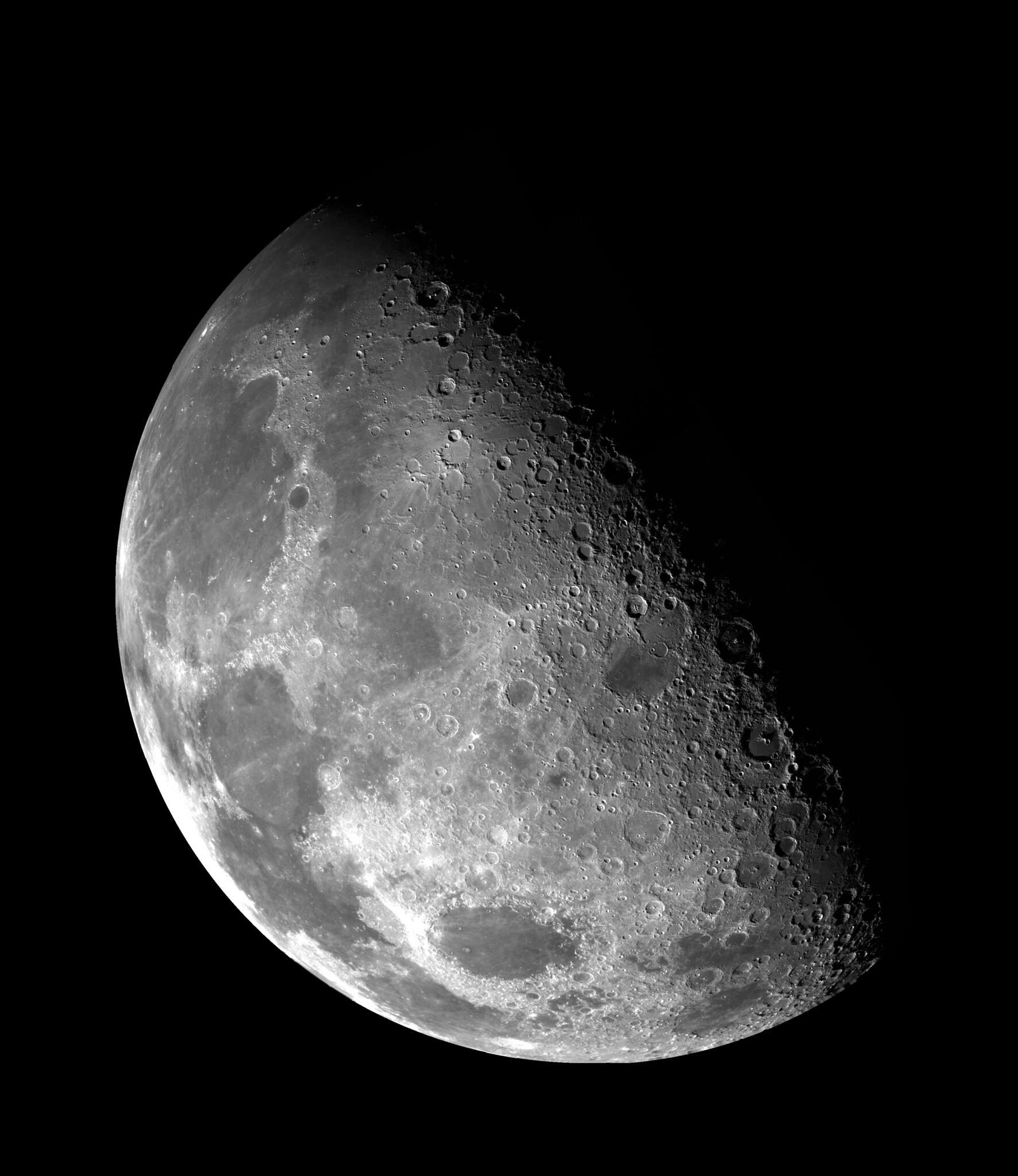New analysis of Apollo data shows Moon is tectonically active and shrinking: Smithsonian, UBC researchers
May 13, 2019

May 13, 2019

New analysis of Apollo mission seismic data shows that some shallow moonquakes can be linked to young faults—evidence that the moon, like Earth, is tectonically active.
Researchers at the Smithsonian, UBC and NASA published the findings today in Nature Geoscience.
“It’s a great testament to the continued benefits of the Apollo program that seismic data collected over 40 years ago is helping to confirm that the moon is likely tectonically active today,” says Smithsonian senior scientist Thomas Watters, lead author of the paper.
“The connection between the location and timing of shallow moonquakes and known young faults is further evidence that our moon is a dynamic world.”
The Apollo 11, 12, 14, 15 and 16 astronauts placed seismometers—instruments that measure the shaking produced by quakes—at their landing sites. Four of the seismometers operated from 1969 to 1977 and recorded 28 shallow moonquakes. Watters, UBC planetary scientist Catherine Johnson and colleagues analyzed data from the seismometers using an algorithm developed to pinpoint quake locations detected by a sparse seismic network.
“These results are a powerful testament to the incredible scientific value of the Apollo and other legacy data sets,” says Johnson. “Recent or more advanced techniques have been used in many areas of lunar science to extract very important new information from these decades-old data. Despite that, major advances in problems like this, and in understanding the lunar interior, require future surface-based exploration of the Moon, including installing a modern geophysical network.”
The revised location estimates indicate that eight of the 28 shallow quakes were within 30 kilometers (18.6 miles) of faults visible in lunar images. This is close enough to tentatively attribute the quakes to the faults, since modelling by the team shows that this is the distance over which strong seismic shaking is expected to occur.
“It’s very likely that these eight quakes were produced by faults slipping as stress built up when the lunar crust was compressed by global contraction and tidal forces, indicating that the Apollo seismometers recorded the shrinking moon and the moon is still tectonically active,” says Watters.
We honour xwməθkwəy̓ əm (Musqueam) on whose ancestral, unceded territory UBC Vancouver is situated. UBC Science is committed to building meaningful relationships with Indigenous peoples so we can advance Reconciliation and ensure traditional ways of knowing enrich our teaching and research.
Learn more: Musqueam First Nation